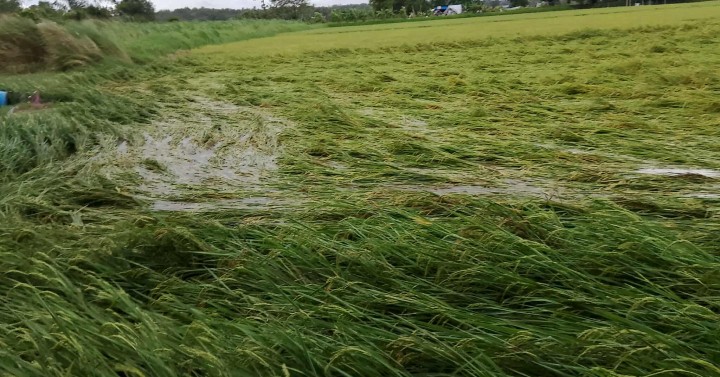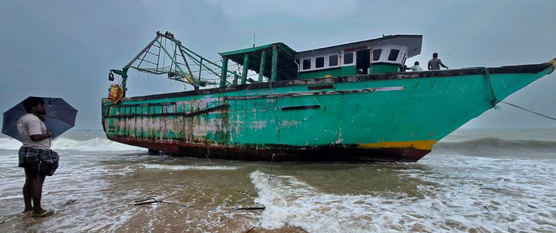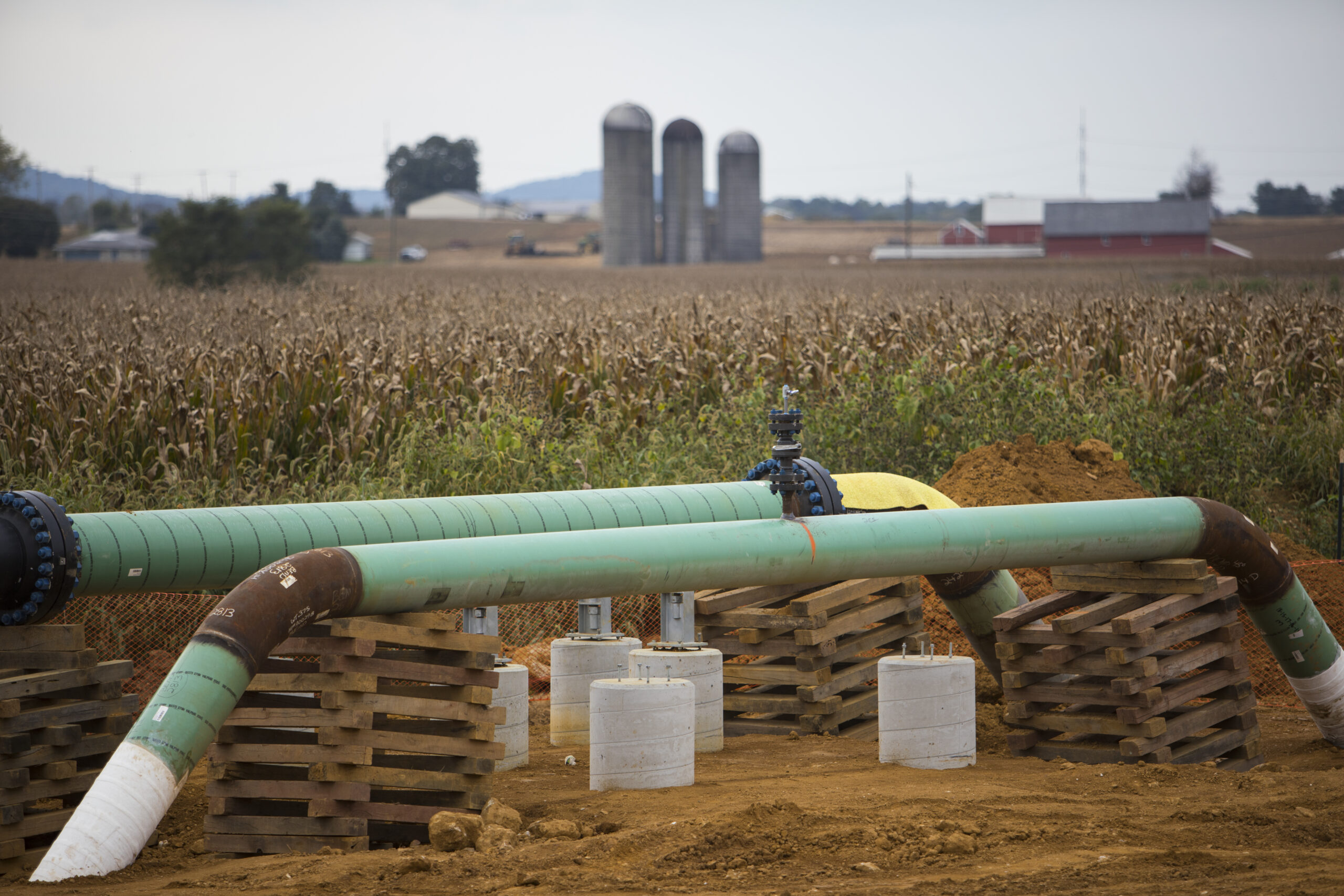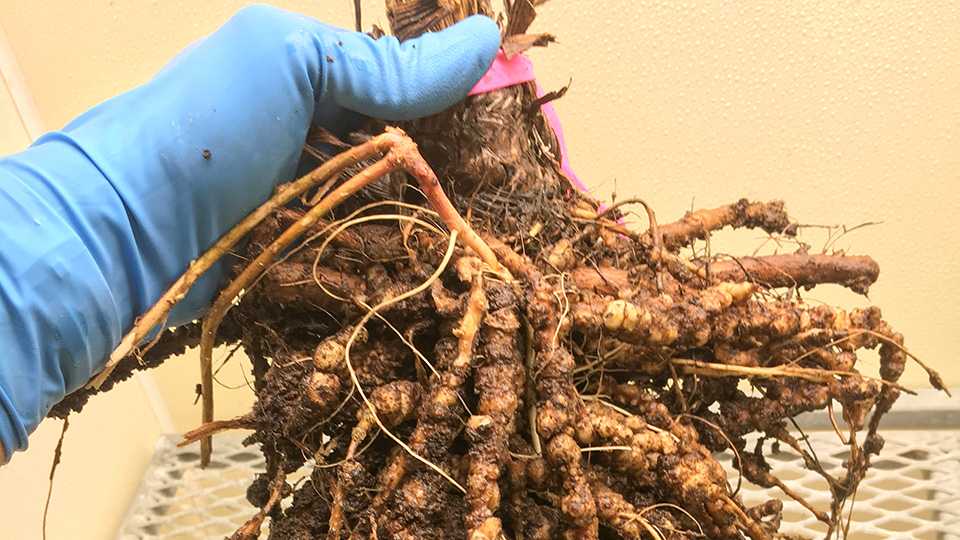Scotland’s agriculture extension system is highly integrated, from education of farmers to research and events — a stark contrast to Canada’s fragmented system of farmer information.
WHY IT MATTERS: Farmer extension varies widely across Canada, including provinces with little farmer-facing extension and little integration between organizations, agencies and companies.
Scotland’s unique system of agricultural extension also mixes fee-for-service and public funding to deliver a wide range of services to farmers.
Chloe McCulloch, head of Scottish Agriculture College (SAC) Consulting and Jennifer Struthers, a senior consultant, were at the first-ever conference on Canadian Agri-food and Rural Advisory Extension and Education held at the University of Guelph.
Extension workers from government, farm organizations and education institutions from across Canada and around the world attended the new conference.
McCulloch oversees about 200 people that serve the agriculture sector in Scotland, an area smaller than southern Ontario.
SAC has 23 offices across the country and is integrated in research, consulting and education, ranging from apprenticeships to PhD and veterinary school training.
SAC has to bid for the rights to provide extension services, but it has won each time the contract has been up, said McCulloch.
The service does an impressive amount of work including:
- 240 events delivered each year
- 60,000 publication downloads
- 40 farmer-led facilitated peer groups
- Videos created with 220,000 views per year
- Podcasts recorded with 36,000 listens per year.
Integration from education to end user in extension allows the SAC to do some things well, including bringing on new, promising staff and giving them the breadth of experience and mentorship they need, collect data that can tell a story about the industry in Scotland, and create local authorities on subject matter that might vary across the Scottish terrain and help keep government connected to farming.
“Our model means that the government remains really strongly connected, because they get feedback out of this system as well,” says McCulloch.
Canada’s fragmented model
Saskatchewan has a more developed, farmer-facing extension service than many other provinces and Tracy Evans, executive director of the regional services branch of the Saskatchewan Ministry of Agriculture, says there are similarities between it and Scotland’s SAC.
“Extension at its existential core is the same across, I think, wherever you go,” she said as part of a panel with the Scottish presenters.
“It’s about the connection with the producer, understanding them, what their needs are and where you meet them.”
Steven Roche, director and principal consultant for Acer Consulting, an Ontario-based private company that works with farm organizations to connect their research results with farmers, said that there’s fragmentation in the Canadian system. He was also part of the panel.
That’s meant organizations and companies have attempted to fill in the need for farmer extension.
“What we have is a number of different players that have risen up and have different influence and different approaches, depending on who you are, what type of farmer you are, and importantly, where you are, and those result in inequities and inefficiencies in terms of access to information, or the type of quality of information you get.”
Roche says Ontario has an amazing network of farm advisors, certified crop advisors, veterinarians and nutritionists, but there’s nothing to connect them together.
“What would really be nice to see is an entity or organization, maybe a series of them, that are invested in enabling others to do this,” he says.
The entity could help build capacity, training and support people who interact with farmers, he says.
Partnerships are a key to developing services for farmers across sectors.
“No one group has all of the time, money or resources to be everything that the producer needs, or the ag industry requires, and so to me, strength comes from partnerships and ensuring that, again, we’re not duplicating services, we’re complementary,” says Evans.
Demonstrating impact on farmers was another area that the panelists agreed was challenging.
A government looking to slash funding can say, “beyond bums in the seats, show me the impact and that’s tough,” says Roche.
That impact is clearer in a system with strong connections and integrations, like it is in Scotland.
Source - https://farmtario.com













